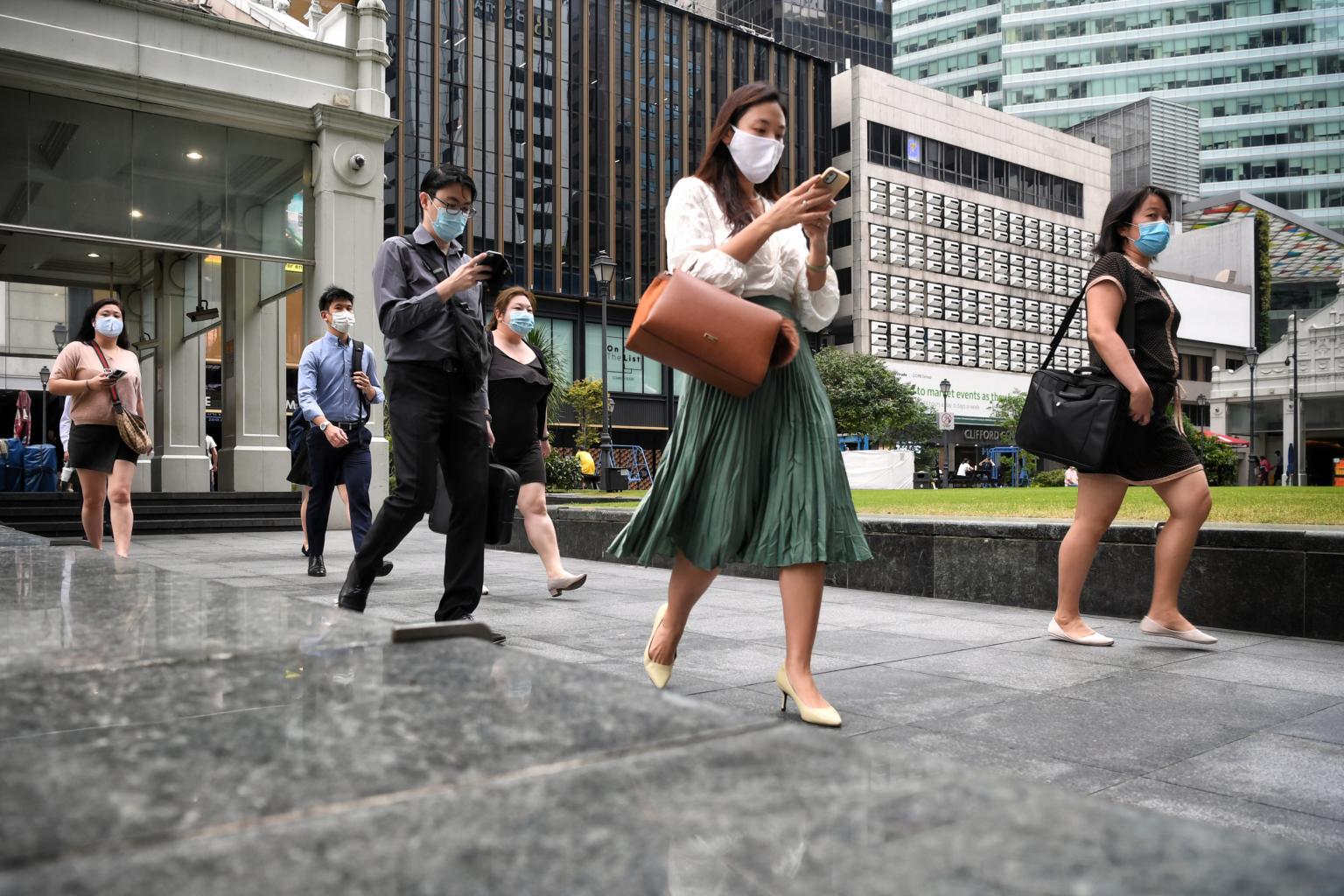Singapore's resident unemployment rate rose to 4.5% in August, slightly higher increase than in July: MOM
Sign up now: Get ST's newsletters delivered to your inbox

While monthly unemployment rates have so far generally remained lower than past recessionary highs, it has been gradually rising.
PHOTO: ST FILE
Follow topic:
SINGAPORE - The resident unemployment rate rose by 0.4 percentage points in the month of August to 4.5 per cent, said a Ministry of Manpower report on Wednesday (Oct 7).
This was slightly higher than the increase of 0.3 percentage points in July, when the resident unemployment rate was 4.1 per cent.
While monthly unemployment rates have so far generally remained lower than past recessionary highs, they have been gradually rising, added the MOM.
During the severe acute respiratory syndrome (Sars) period in 2003, the rate was 6.2 per cent in September. It was 4.9 per cent during the global financial crisis in September 2009, noted the report.
Manpower Minister Josephine Teo said: "We cannot tell, at this point in time, whether in the coming months, the unemployment rate will uptick at a faster rate, or stay around the same.
"But nonetheless we're keeping a very close watch, and when the next set of figures are available, we will also share them with the public," she said at a media briefing on Wednesday.
The MOM noted that the Monetary Authority of Singapore has estimated that the combined budgets Singapore rolled out this year - amounting to $100 billion - will prevent its economy from contracting by a further 5.6 per cent of GDP in 2020, and 4.8 per cent in 2021.
"Our economic support measures will also offset some of the rise in resident unemployment rate by about 1.7 per cent this year. This could mean about 155,000 jobs saved over these two years, although we will still see job losses overall," said the report.
The MOM started to provide a monthly update on the unemployment rate from last month.
In the three months to the end of June, retrenchments more than doubled to 8,130 compared to the first quarter of the year at 3,220.
The second quarter retrenchment figure was above the peak during the 2003 Sars period, but below other recessionary highs such as during the 2009 global financial crisis.
Asked if the unemployment rate could be expected to go up in the coming months as Government subsidies wean off, Mrs Teo said: "We're watching it very closely. It's very hard to foretell the future."
"What we can do, however, is to make sure that even the opportunities that are currently available, they continue to be filled as quickly as possible."
She said that while the Jobs Support Scheme, which provides wage subsidies to help firms retain local workers, will eventually taper off, the Government has not waited until it has fully tapered off to introduce a new programme in the form of the Jobs Growth Incentive.
It provides wage subsidies of 25 per cent of the first $5,000 of gross monthly wages for each new local hire below 40. This will double to 50 per cent for each of those aged 40 and above.
To be eligible for the scheme, firms must increase the headcount of their local workforce between September and next February, compared with August. They must also increase the number of local jobs that pay at least $1,400 in gross monthly wages.
Mrs Teo said the scheme is meant to help employers bring forward hiring.
"What we hope to achieve… is for companies that are hesitating, they don't continue to hesitate. And for companies that were already going to hire anyway, the additional support they have gotten from the scheme basically allows them to consider bringing on board even more."
She added that there was "good interest" in the scheme, although time should be given to employers to work out their manpower plans, advertise and select candidates, as the scheme started just last month.

